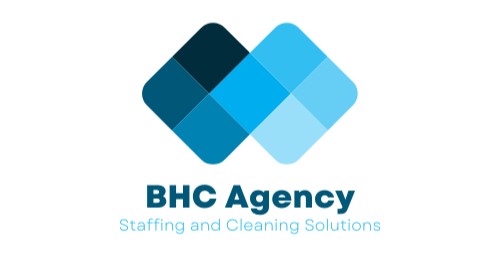Optimizing your job application in the Digital Era can surely be a challenge. For instance, nowadays, most of the job applications are done online. But do you know what happens to your resume and cover letter once you hit “submit”? More often than not, they are sifted through by an Applicant Tracking System (ATS).
Therefore, navigating through the complexities of ATS has become an essential skill for anyone seeking employment. These systems have revolutionised the recruitment process, streamlining the way employers manage applications and identify potential candidates.
Understanding how ATS works and optimising your job application accordingly can significantly increase your chances of getting noticed. Let’s understand how?
What is an Applicant Tracking System (ATS)?
An Applicant Tracking System is a software application used by employers to manage and streamline their recruitment process.
These systems help hiring managers collect, organise, and screen resumes, making the hiring process more efficient. ATSs are programmed to scan resumes for keywords, skills, and qualifications relevant to the job description.
How Do Applicant Tracking Systems Work?
When you apply for a job online, your resume and cover letter are typically uploaded into the employer’s ATS. The system then parses your documents, extracting relevant information such as your work history, education, skills, and contact details. Then, ATSs use algorithms to evaluate your application against the job requirements and rank candidates based on their suitability for the role.
Tips for Optimising Your Job Application for ATS
Tailor Your Resume
Customise your resume for each job application by including keywords and phrases from the job description. Use industry-specific terminology and highlight relevant skills and experiences.
Use a Standard Format
Stick to a clean and simple resume format without any fancy graphics or layouts. Avoid using headers, footers, or text boxes, as they may confuse the ATS and cause it to misinterpret your content.
Include Keywords Strategically
Identify the key skills and qualifications required for the job and incorporate them naturally throughout your resume and cover letter. Be mindful of keyword stuffing, as it can negatively impact your application.
Optimise Your Headings
Use standard headings such as “Work Experience,” “Education,” and “Skills” to help the ATS categorise your information accurately. Avoid creative headings that may not be recognized by the system.
Quantify Your Achievements
Whenever possible, quantify your accomplishments with numbers, percentages, or specific results. This helps to demonstrate your impact and effectiveness in previous roles.
Proofread Carefully
Spelling and grammar errors can undermine your credibility and hurt your chances of passing through the ATS. Take the time to proofread your application thoroughly before submitting it.
Submit a Plain Text Version
Some ATSs struggle to read PDF or Word documents accurately. To ensure compatibility, consider submitting a plain text version of your resume alongside the formatted one.
Final Thoughts
While Applicant Tracking Systems play a crucial role in modern recruitment, they are not without their limitations. They rely heavily on algorithms and may overlook qualified candidates who don’t meet certain criteria.
However, by understanding how ATSs work and optimising your application accordingly, you can increase your chances of getting noticed by employers and landing interviews.
In today’s digital age, mastering the art of job application optimization is essential for staying competitive in the job market. By following these tips and staying informed about the latest trends in recruitment technology, you can position yourself as a strong candidate and enhance your career prospects.

